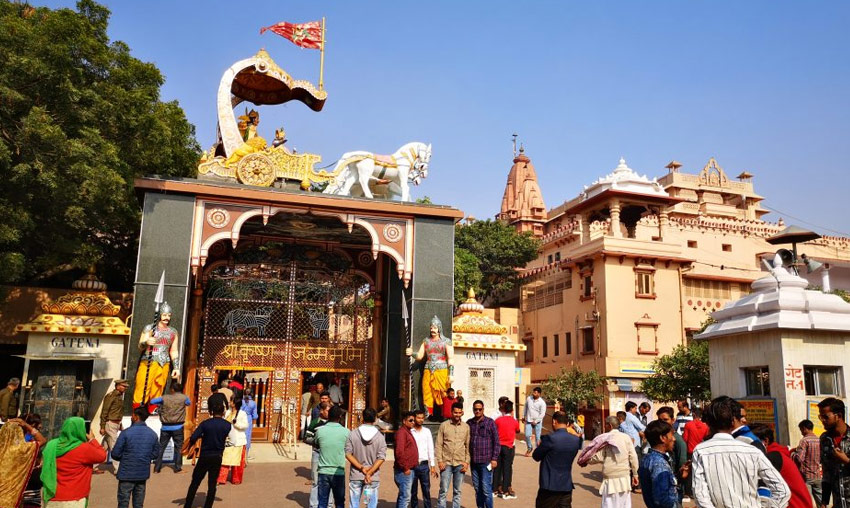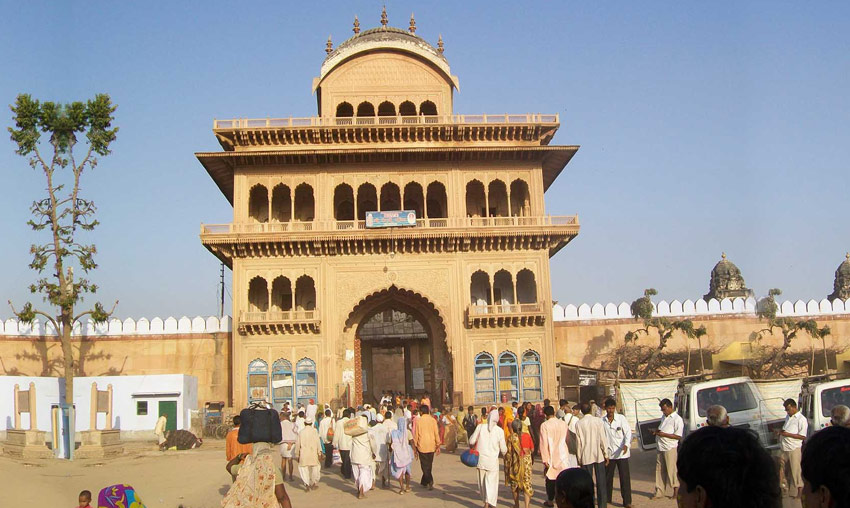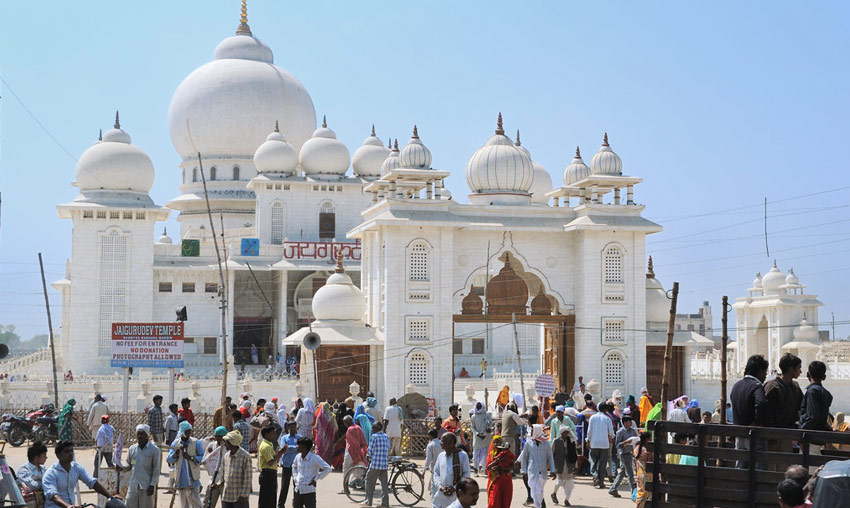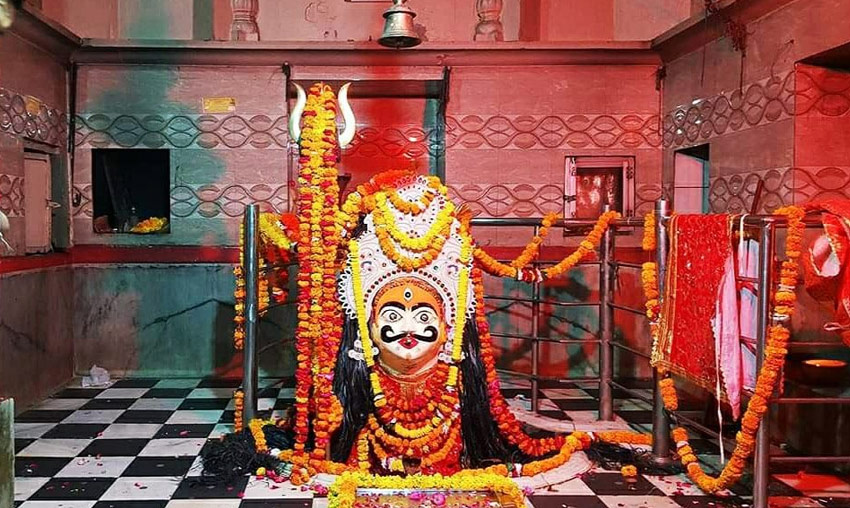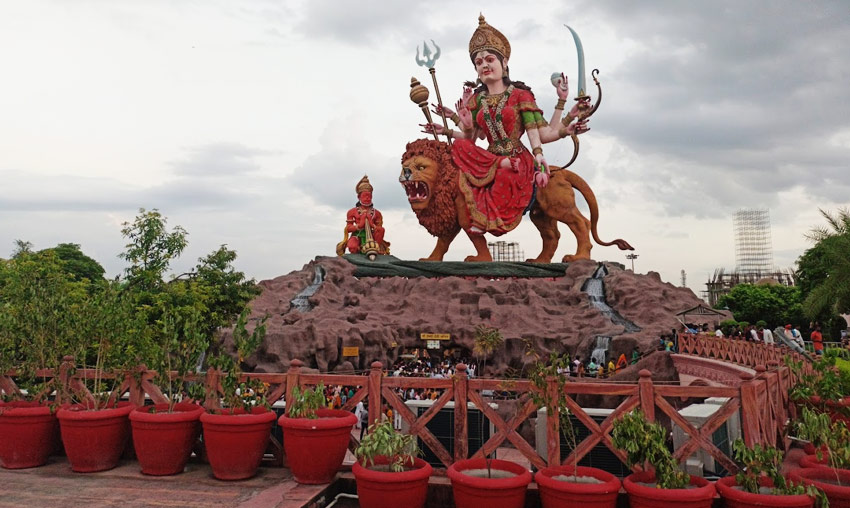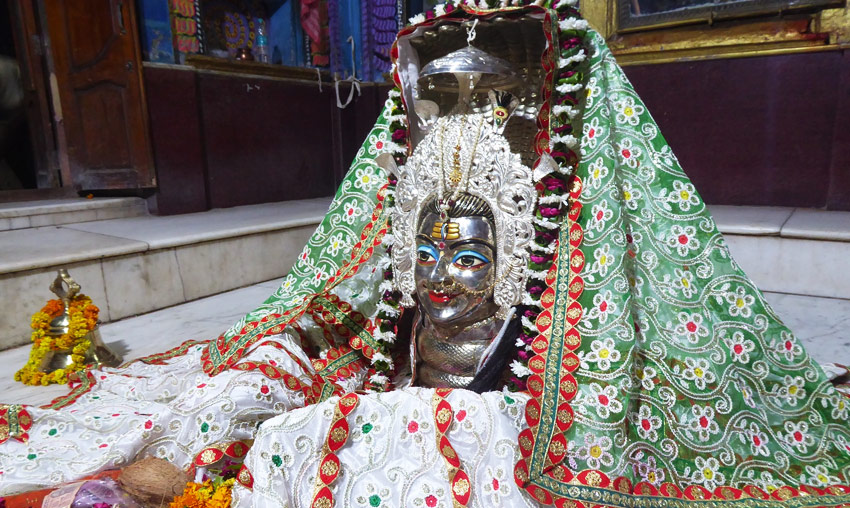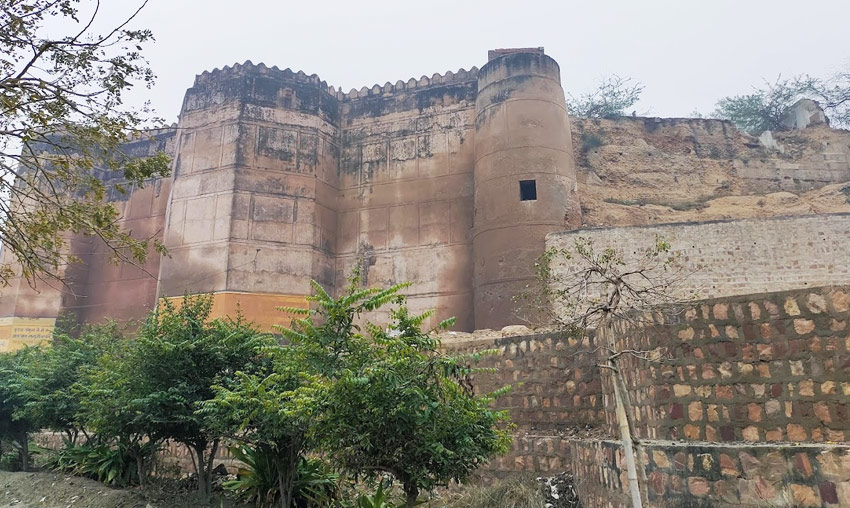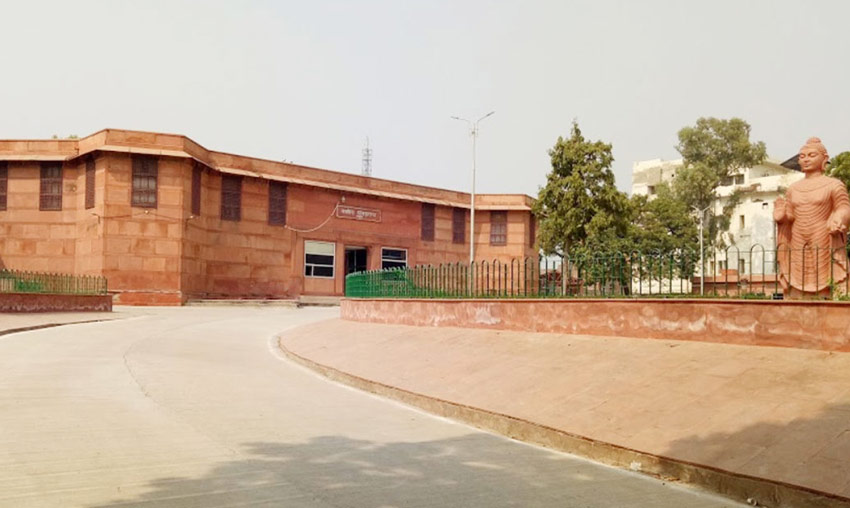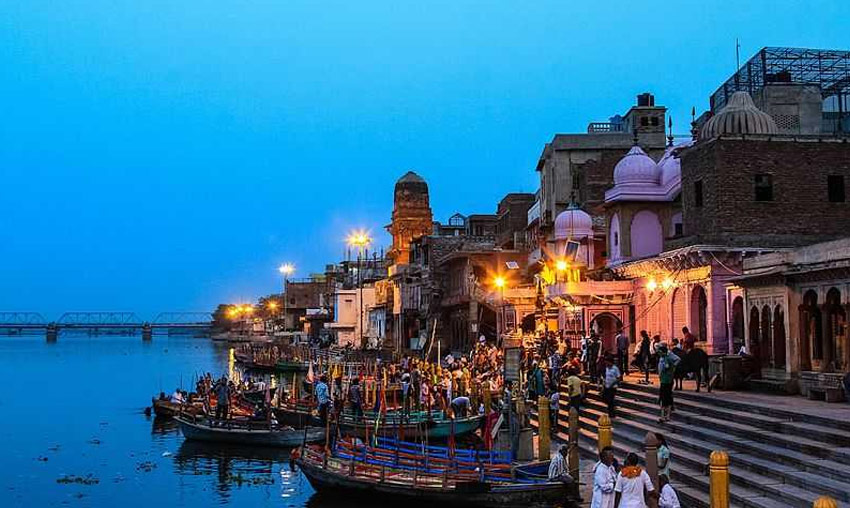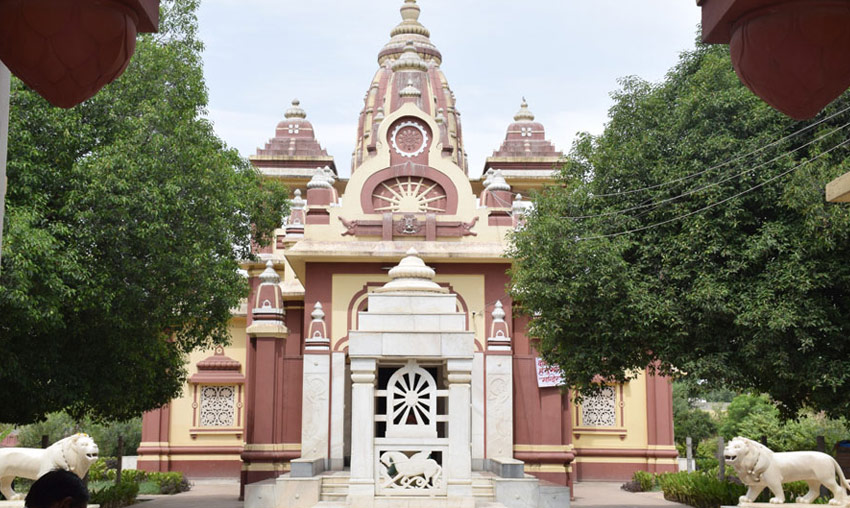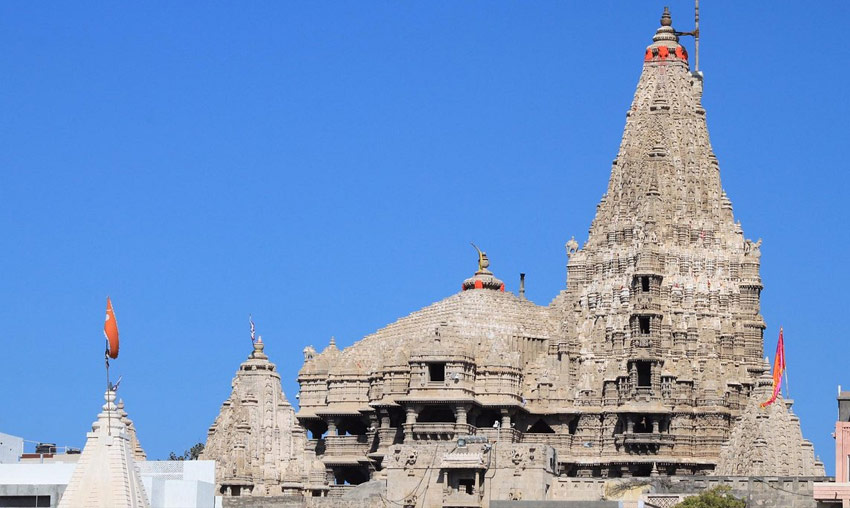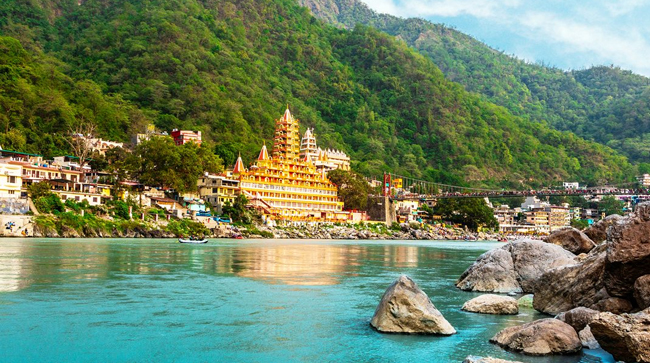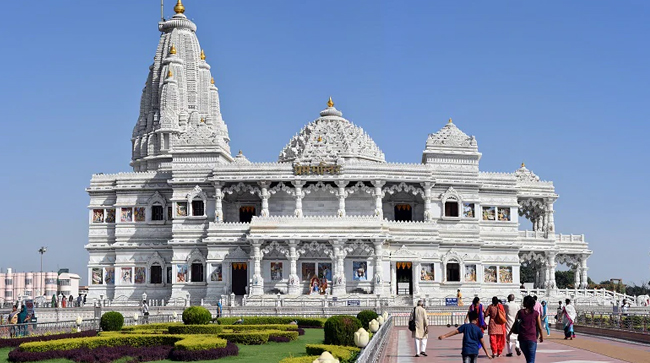Sri Krishna Janambhumi Mathura Timings, History, Entry Fee, Images, Aarti & Location
The sacred city of Mathura, Uttar Pradesh, is home to the Shri Krishna Janmasthan Temple. It is centred on the prison cell where Lord Krishna’s cruel uncle Kansa imprisoned his parents, Mata Devaki and Vasudeva. Because it is thought to be the birthplace of Lord Krishna, the temple holds immense significance for Hindus.
The Krishna Janmasthan Temple Complex contains several temples devoted to the deity in addition to the prison cell. The temple’s heavenly atmosphere and purity make one feel certain that this is the location where Lord Krishna actually made his appearance. It was eventually rebuilt with financial assistance from industrialists after being destroyed numerous times by various monarchs. During holidays like Janmashtami, Basant Panchami, Holi, and Deepavali, which are widely observed, a trip to the Krishna Janmasthan Temple is made more enjoyable.
Temple and Structures at Sri Krishna Janmasthan Temple Complex
Keshavdeva temple, Garbha Griha shrine, and Bhagavata Bhavan are all located inside the Sri Krishna Janmasthan Temple Complex.
Keshavdeva Temple: Constructed by Ramkrishna Dalmia in honour of his mother Jadiadevi Dalmia, it is situated south of the Shahi Eidgah. Construction began on June 29, 1957, and Hanuman Prasad Poddar officially opened it on September 6, 1958.
Garbha Griha Shrine: Garbha Griha Shrine is thought to be the location of the jail cell where Krishna is said to have been born. On the location with a large veranda, a marble pavilion and an underground prison cell were constructed. The eight-handed goddess Yogmaya has a shrine close by. It is situated up against the Shahi Eidgah’s back wall.
Bhagavata Bhavan: Construction of Bhagavata Bhavan, a temple dedicated to Shrimad Bhagavata, began on February 11, 1965. It has five shrines: the main shrine, which has statues of Radha and Krishna that are six feet tall; the shrines of Balarama, Subhadra, and Jagannath on the right; the temple of Rama Lakshman and Sita on the left; the temple of Durga and the temple with Shivalinga; the shrine of Garuda Stambha and Chaitanya Mahaprabhu in front of the shrine of Jagannatha; and the temple of Rama Lakshman and Sita on the left. The assembly hall’s ceiling, walls, and pillars are decorated with frescoes that portray incidents in the lives of Krishna and his followers. Texts from the Bhagavad Gita are etched on the walls of a circumambulation walkway.
Potra Kund: This enormous water tank is thought to have been Lord Krishna’s original bathing location.
In addition to these temples, there are additional structures like as the International Guest House, Ayurveda Bhavan, stores, a library, and a performance area.
History of Sri Krishna Janmabhoomi Mathura
Around the prison where Lord Krishna was born, the Sri Krishna Janmasthan Temple was constructed. It is thought to have been built 5000 years ago by Krishna Vajranabha’s great-grandson. Then, during Chandragupta Vikramaditya’s rule in 400 AD, it was renovated. However, Mahmud of Ghazni destroyed it in the year 1017 AD.
The temple was built a third time in 1150 AD under Raja Dhrupet Dev Janjua, the Mathuran Emperor, but it was demolished in the 16th century by Sikandar Lodi, the Sultanate of Delhi. It was reconstructed with Rs 3.3 million by Raja Veer Singh Bundela 125 years later, during the reign of Jahangir. In 1669 AD, Aurangzeb demolished it once more and replaced it with a masjid. The temple land was put up for auction in 1815 when the British took control of Mathura. On February 21, 1951, the late Mahamana Pandit Madan Mohan Malaviya founded the “Sri Krishna Janma Bhoomi Trust” in order to take the initiative to rebuild the temple. In February 1982, the construction was eventually finished thanks to the diligent work of numerous individuals.
Janambhumi Mathura Timings:
The Shri Krishna Janamsthan Temple’s admission tickets and hours are correct. The temple is free to enter, and its hours change depending on the summer and winter.
The temple is open from 5 a.m. to 9:30 p.m. during the summer (April to November). The religious rite known as Aarti is held from 4 p.m. to 9:30 p.m. and from 5 a.m. to 12 p.m.
The temple is open from 5:30 am to 8:30 pm throughout the winter months of November through April. From 5:30 am to 12 pm in the morning and from 3 pm to 8:30 pm in the evening, Aarti is performed.
It’s noteworthy that Mangal Aarti, a unique morning Aarti, occurs around 5:30 AM. For devotees, this Aarti is significant and enhances the temple’s spiritual experience.
Janam bhumi Mathura Timings
Visitors are welcome to pay their respects from 5:30 am to lunch and from 4:00 pm to 9:00 pm throughout the summer. During the winter months, the temple is open to worshippers from 5:30 am to 12:00 and from 3:00 pm to 8:00 pm.
Shri Krishna Janmabhoomi Mathura timings are below:
| Darshan & Aarti | Timings |
| Summer | 5:30 am to 12:00 pm Noon & 4:00 pm to 9:00 pm |
| Winter | 5:30 am to 12:00 pm Noon & 3:00 pm to 8:00 pm |
| Mangal Aarti | 5:30 am |
| Makhan Bhog | 8:00 am |
| Sandhya Aarti | 6:00 pm |
How To Reach Shri Krishna Janmasthan Temple
The temple can be found in Mathura, close to Janam Bhumi’s Deeg Gate Chouraha. It is conveniently accessible by rickshaw or taxi because it is situated in the centre of the city.
